Load from PC
video3544784970
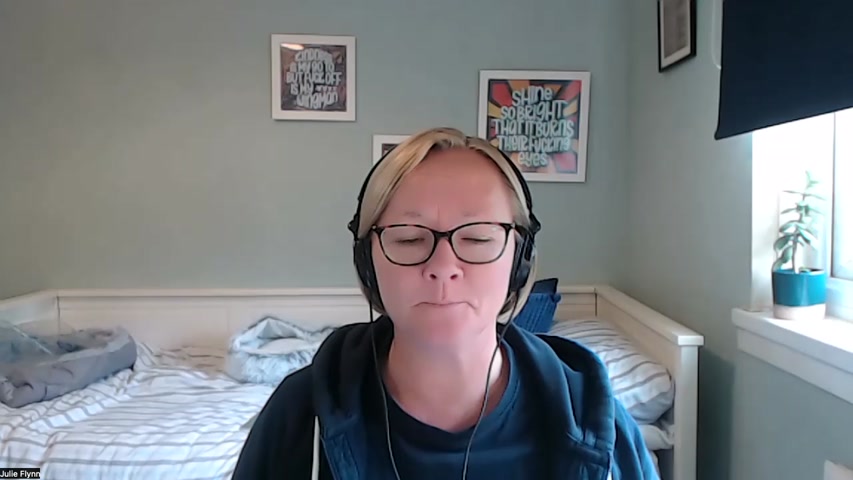
Hey , welcome to the women and Money Cafe podcast .
So we talk about investments , risks and funds on the podcast all the time .
But we've never told you how to figure out what your risk is and what risk you should be taking and why take any risk in the first place ?
So while we're doing a series on pensions , we thought it would be the ideal time to take a proper look at risk .
Now , everything I share with you today is not just for your pension .
OK ?
You can apply this to any investment such as your ISA .
So you may want to revisit Episode 45 on how to start your first ISA .
And with this knowledge , OK , in this episode , I'm gonna share with you how I explain risk and we're gonna be covering three key areas for you .
So firstly , what is risk ?
And then secondly , how do we measure it ?
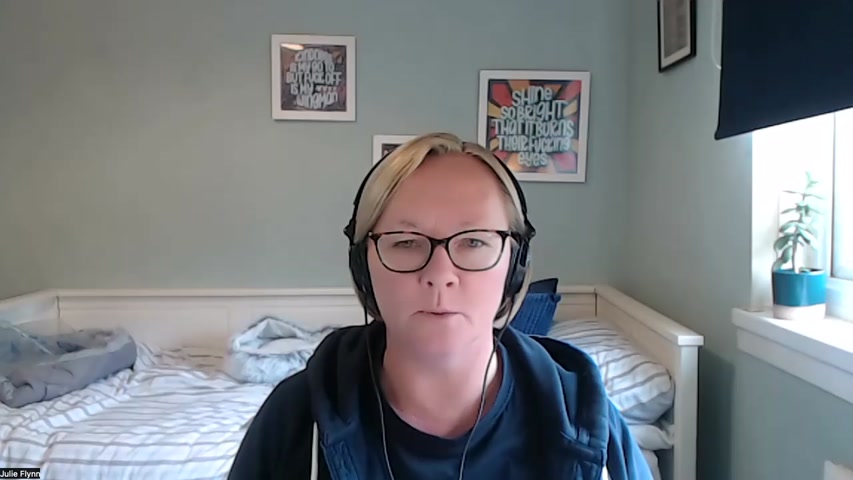
And then finally , what do we do with this knowledge now that we've got it ?
Bear in mind .
OK , caveat .
Here .
This is an information podcast and not a personal financial advice .
I'll be giving you a really simplified approach and there will be anomalies and things that are particular to you , in which case go get some proper financial advice .
OK , so let's talk about what risk is with the type of investments that you hear us talk about when we're on the podcast .
And when we're talking with our clients , we when we use the word rest , we talk about how the investment will behave , how exciting it will be or not .
And then So if you think about it , I want you to picture a wavy line that slowly claims wavy line slowly claims and then another line with lots of spikes up and down .
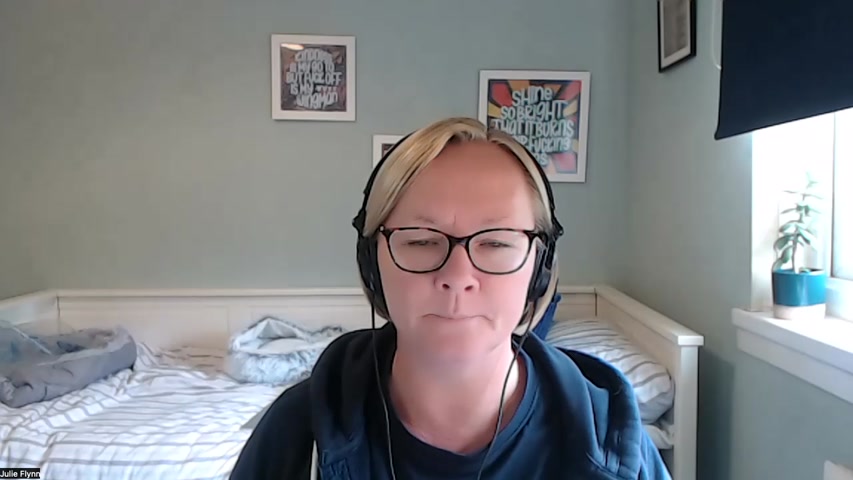
Now the wavy line is lower risk than the spiky lane , because when we're talking about risk , we mean how dramatic the ups and downs are .
You'll also hear us use the word volatility , and it's the same thing .
The more volatile IE spiky , the higher the investment risk is .
Yeah , I think the most natural question to have , if you've never invested before , is will I lose all my money , which is a perfectly reasonable question to be asking OK , but with the type of investments you hear us regularly talk about these multi asset funds or a purpose built portfolio that we put together the clients then , no .
Losing all of your money is not a real risk , because with this approach , your money is invested in literally hundreds of different companies .
The total loss situation .
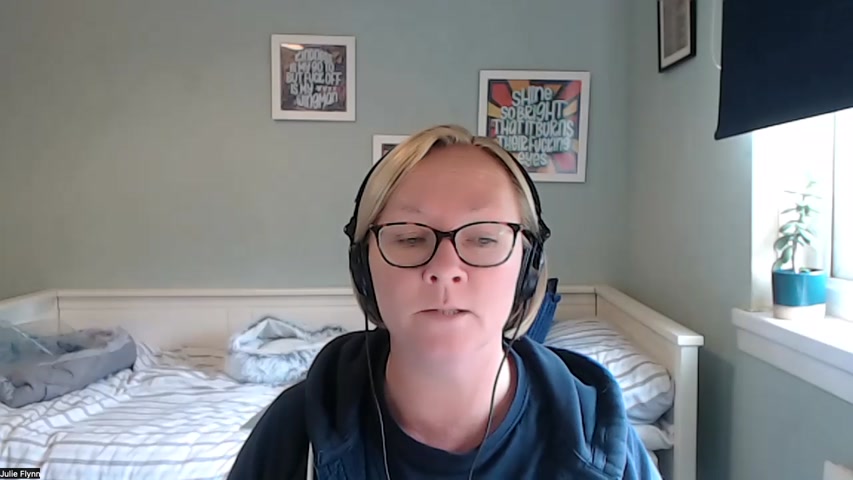
We would need every company in every country in the world to fail simultaneously , which is basically Armageddon .
And quite frankly , if we're in that situation , you've got much bigger concerns than checking how your pension fund is doing .
I've heard one advisor say that the best investment , then , is a shotgun and some water , but let's hope it never comes to that .
But see , if you're investing in just one kind of thing or you've got a portfolio where there is no intention or discipline behind it , then there is a real risk of substantial losses that can't be recovered .
OK , another reasonable question to ask is , what if the company goes bust ?
Now , let's look at this in terms of pensions .
Firstly , if you're saving into your workplace pension , can you lose your money ?
If your company , if the company you work for , gets into financial difficulty ?
No , you can't because the money is the pension money is ring fenced .
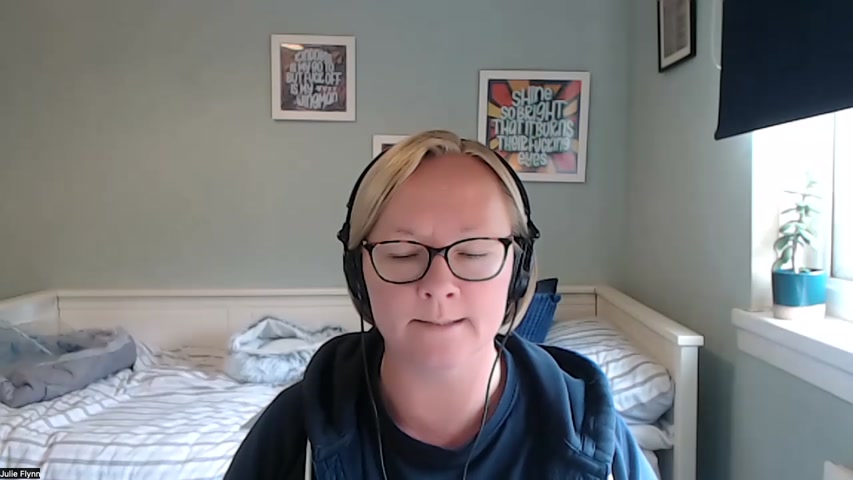
So if your employer gets into difficulty or even the company managing the pension is struggling , they cannot access your money .
Now , if you go and have a quick Google of Robert Maxwell , you'll see that he was the owner of the Mirror newspaper group who did steal all the money from the pension fund .
So this is back in the 19 nineties .
Since then , lessons have been learned and legislation has been put in place to protect you so your money is invested , and that's to protect you from abroad .
Then there's the financial services compensation scheme , which offers protection should the financial institution you with get into difficulty .
So for banks , if a bank fails , you're protected up to £85,000 per banking licence .
So it's worth noting some banks share a licence , so in that case , the 85,000 would be across the institutions .
The money saving expert website's got a handy guide on this .
I'm gonna put a link to it in the show notes so you can go and go and check which banks share a licence .
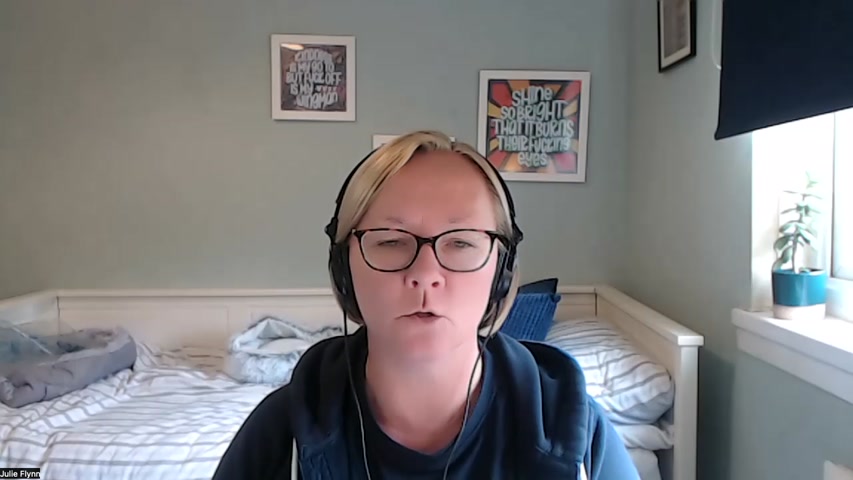
Then again , your ISA .
If the investment company fails , you're protected up to £85,000 your pension .
It's up to 100% .
If you've got a self invested personal pension , it's up to £85,000 per firm .
So that's all covered off the protection you have against total loss .
So where is where's the risk then ?
OK , so what I tell my clients and this is true for you .
All right .
The biggest determinant factor of how much money you make or lose is you .
So a lot of our conversations around this topic is about identifying how you're going to be in certain scenarios when you see your investment drop .
Are you going to panic ?
Are you gonna want to sell it or are you gonna want to move it to another investment that's doing better that day ?
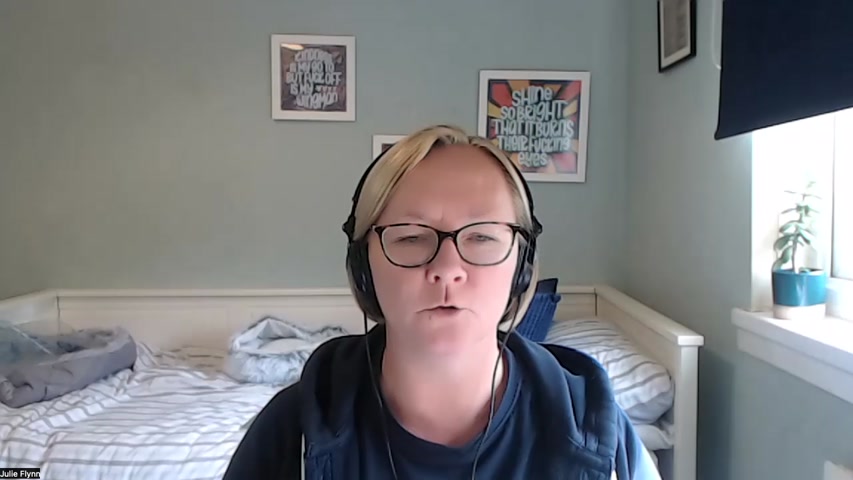
Now I use the word when intentionally , when your investment drops , because I can guarantee you at some point you will see a drop in value .
The investment that only ever goes up has not been invented yet .
And even if it had , I'm not sure I would trust it .
So it's how we react when things go financially wrong .
That's the real risk and the great news is you're in charge of that .
But so think about your investment as a journey , OK ?
Can you cope with it being a bumpy journey without pushing the panic button ?
Or do you need a gentler start to get some experience under your belt ?
If you see the money drop , are you gonna sell or can you keep your nerve ?
These are the key questions to be asking yourself .
OK , so got some general concepts there around wrist .
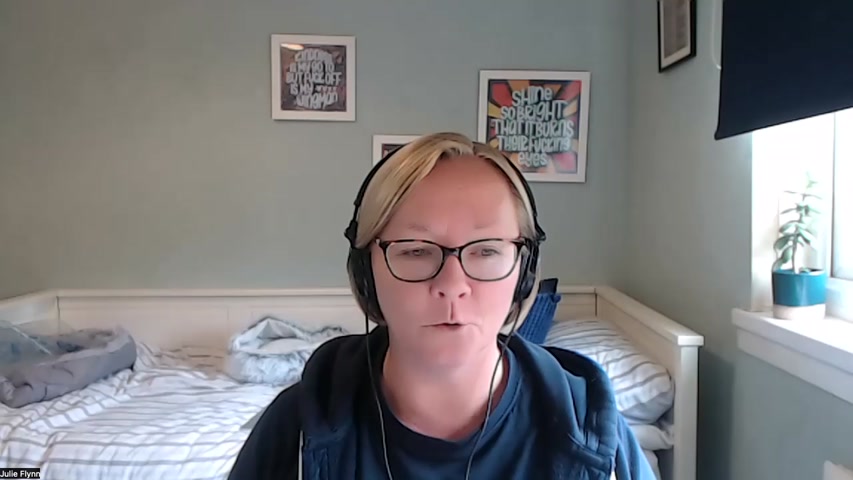
Then I know with regards like , how do we turn that into a score ?
So I'm gonna share with you something that I've heard Pete Matthews do , uh , with Pete's permission , by the way .
And if you're a Pete junkie , go back and have a listen to Episode 75 .
We simplify your money with Pete .
So to get your attitude to rest , we're gonna score ourselves on three areas .
The first one is understanding .
The second one is experience .
And then the third one is time frame .
So an understanding OK , on a scale of 1 to 4 , score yourself and how much you feel you know about invest , how investments work .
So interest rates , inflation .
The stock market that kind of thing .
So if all of those words mean nothing to you and you haven't got a clue , score yourself as a one if you like .
I recognise some of those words you just used .
I've got I've got a little bit of knowledge .
Call yourself as a two .
If you're like I've got a handle on most of this , you're a three .
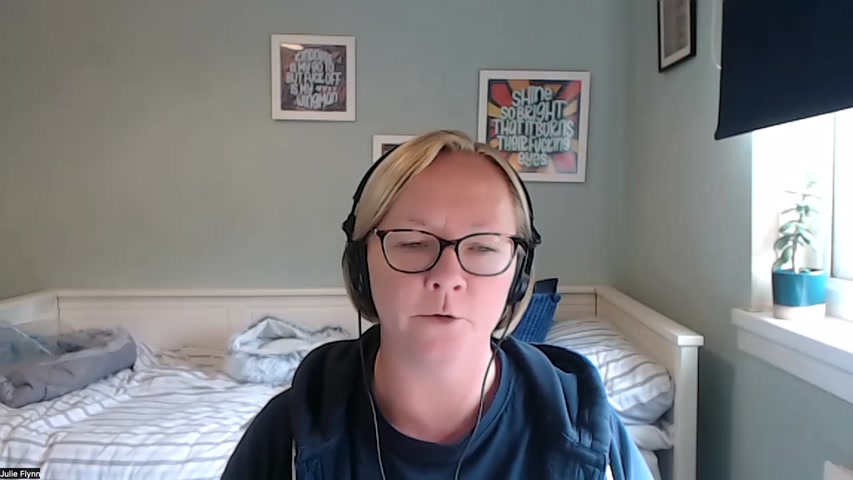
And if you're like I know this stuff inside out , score yourself as a four , right ?
Let's go ourselves on experience then , because experience is different to understanding a lot of clients when they come to work with me , they have some understanding of how investments work , and they are smart people , but they don't have any experience .
And this is critical because lived experience is a very different thing to imagining how you're going to react when your investments for the first time .
OK , so if you have zero experience , I want you to score yourself as a one .
If you've got a little bit of experience , score yourself as a two .
If you've got a good amount of experience and you've been through some highs and lows , you're a three .
If you got years of experience and you've seen it all .
Score yourself as a four .
OK , so taking those two scores add them together and your number should be somewhere between two and eight .
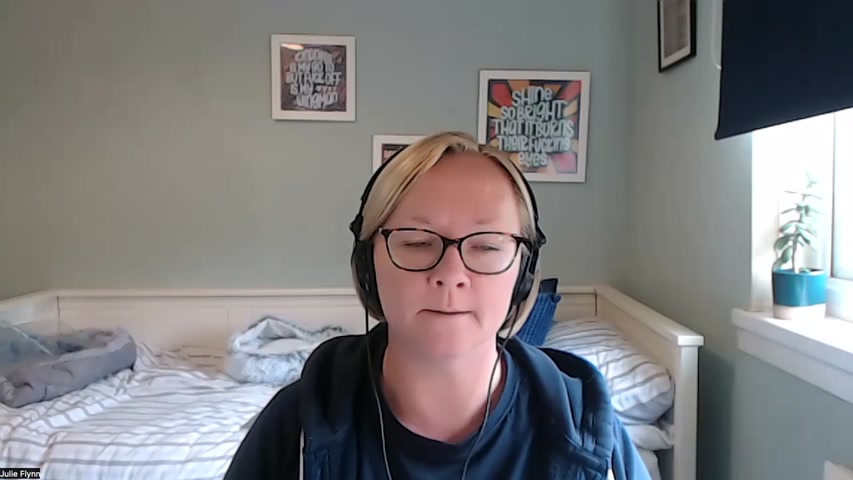
So if you've scored a two or a three , you are a cautious investor .
If you're a four or a five , you're balanced .
If you're a six or a seven , you're a growth investor .
If you're an eight , you're an adventurous investor .
OK , so now you've got an idea of what your risk appetite is , and you've got a label to give your investment style .
But so the third factor we're looking at is time frame , and what this lets us do is fine .
Tune the risk in context of what we're investing for .
And what I mean by this is the longer you're going to be invested can influence how much risk you take .
So one way to look at that is if , uh , let's take me as an example , my pension money .
Now I'm probably not going to be touching my pension fund for 20 years , So do I care if it goes down today ?
This year ?
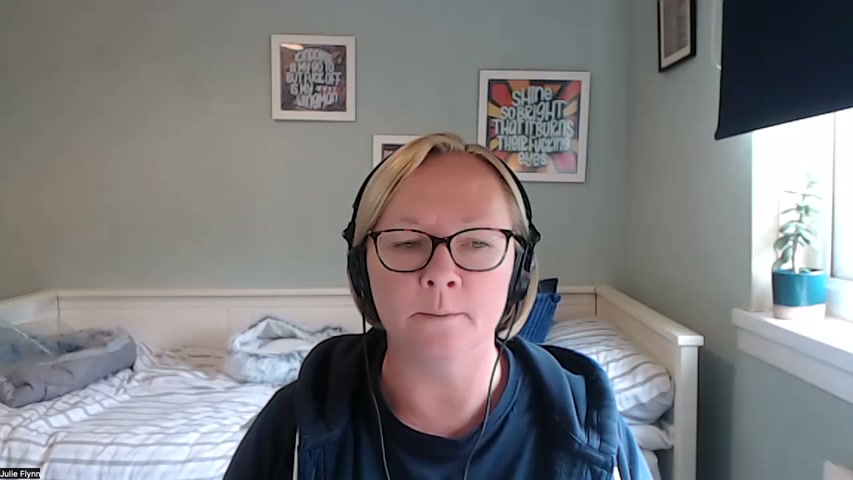
No , I probably don't care next year , either , because we know that within the time frame that I'm working to , my pension will be worth more in 20 years time than it is today .
But if this is money you're planning on using in the next few years , that's different .
You know that .
We're always saying that money you have plans for in the next few years has to stay in cash , and it's for this reason .
So let's say you're saving for a house deposit and you've got £10,000 saved saved .
You do not want that invested and exposed to the ups and downs of the market .
That's crazy stuff , All right , so score ourselves for a time frame , right ?
If you've got plans for the money in the next year or two , score yourself as a one .
If the money is for 3 to 5 years , score yourself as a 26 to 10 years is a 3 11 plus years is a four now , everyone with a 1 to 2 year time frame .
You've got to stay in cash , OK , but let's say you came out as a balanced investor .
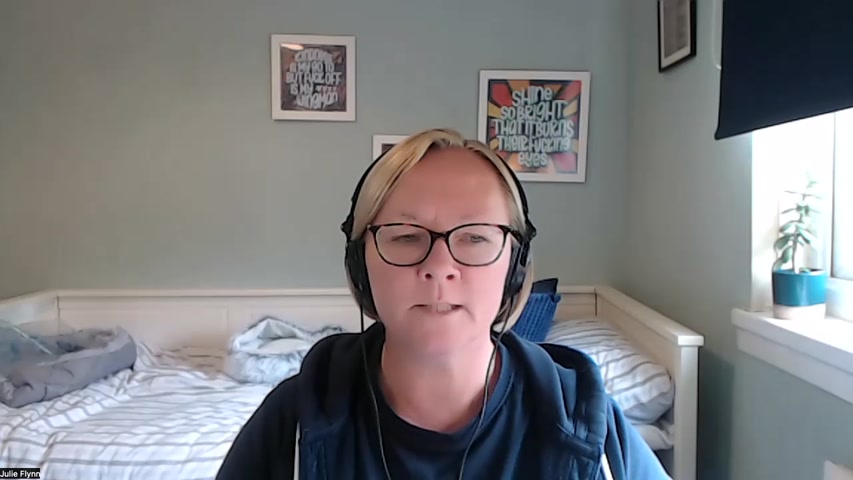
And so , for a time frame of 6 to 10 years , absolutely go with a balanced investment .
But if you're saving for 11 plus years , you could consider just moving up a label to growth as you've got a longer time horizon .
Conversely , if the money is for 3 to 5 years , you might want to drop down a label to cautious .
All right , so what do these labels mean ?
That I've thrown out cautious , balanced growth ?
Adventurous .
You might hear a moderate in there somewhere as well with other people in its simplest form , right ?
The easiest way to increase or decrease risk in a portfolio is how much stocks and shares you've got in it .
So if you want to up the risk , you put more stocks and shares in it .
You want to reduce the risk , you reduce the amount of stocks and shares you've got .
And I'm gonna show you a rough rule of thumb that's gonna help you when you're looking at funds as well .
So cautious Investment generally has no more than 40% stocks and shares in IT balance portfolio .
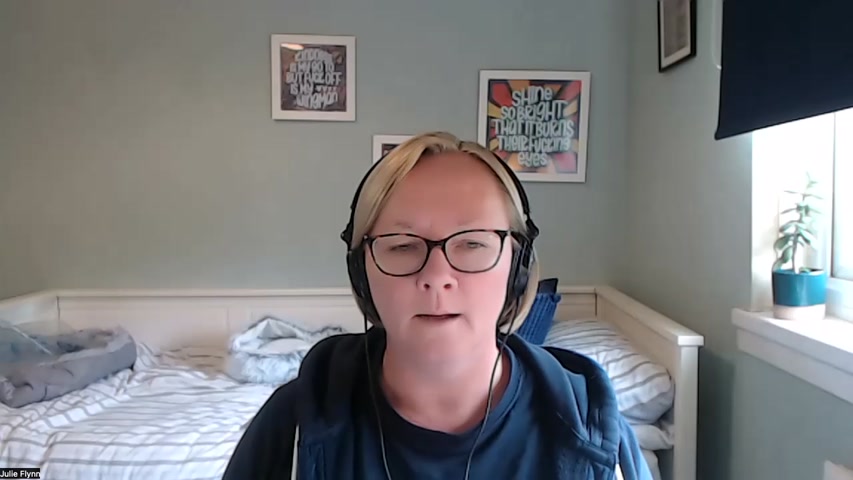
A maximum of 60% a growth portfolio , a maximum of 80% and adventurous , you can have 100% stocks and shares .
Now these are generalisations and at different times , different things will impact the investment .
So as I recall this , it's May 2023 .
And last year the so called safe part of the portfolio of Bonds took a bit of a Ben .
All right , we had a series of interest rate hikes and we had double digit inflation .
All of these things hurt bonds .
So the safe bet doesn't doesn't look like it was doing too good .
Then we get what we call the so called Black Swan events , which is like nobody saw that coming .
And when that happens , it can make it look like diversification didn't work because what can happen is you can see everything drop all at once .
But if you've gone with a multi asset fund , that was the right risk for you .
Stick with it .
All right .
It will work out in the end .
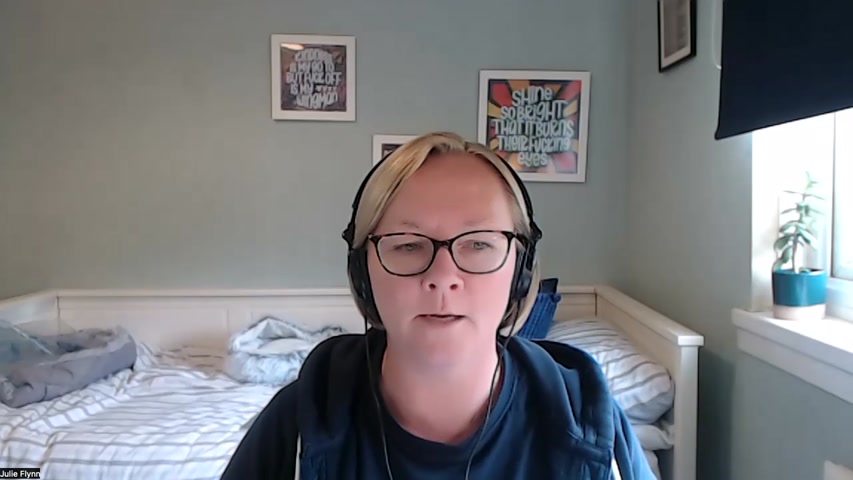
And if that feels too hard to do and you're tempted to do something that you just you're reacting to , reach out to a financial advisor .
OK , we've got decades of experience of raiding out tough market conditions , and we can help you avoid some really expensive mistakes .
So I hope this has been useful for you .
And as always , if you've got any questions , come and find me on Instagram Julie Flynn , Money woman .
Or you can drop us a message and we'll get back to you when we can .
Um , And like I say , if you have found it , Yes , well , you know , I'm gonna ask .
Please , Please , please , Pretty Please go and leave us a review , but until next time , take care of yourself .
Are you looking for a way to reach a wider audience and get more views on your videos?
Our innovative video to text transcribing service can help you do just that.
We provide accurate transcriptions of your videos along with visual content that will help you attract new viewers and keep them engaged. Plus, our data analytics and ad campaign tools can help you monetize your content and maximize your revenue.
Let's partner up and take your video content to the next level!
Contact us today to learn more.